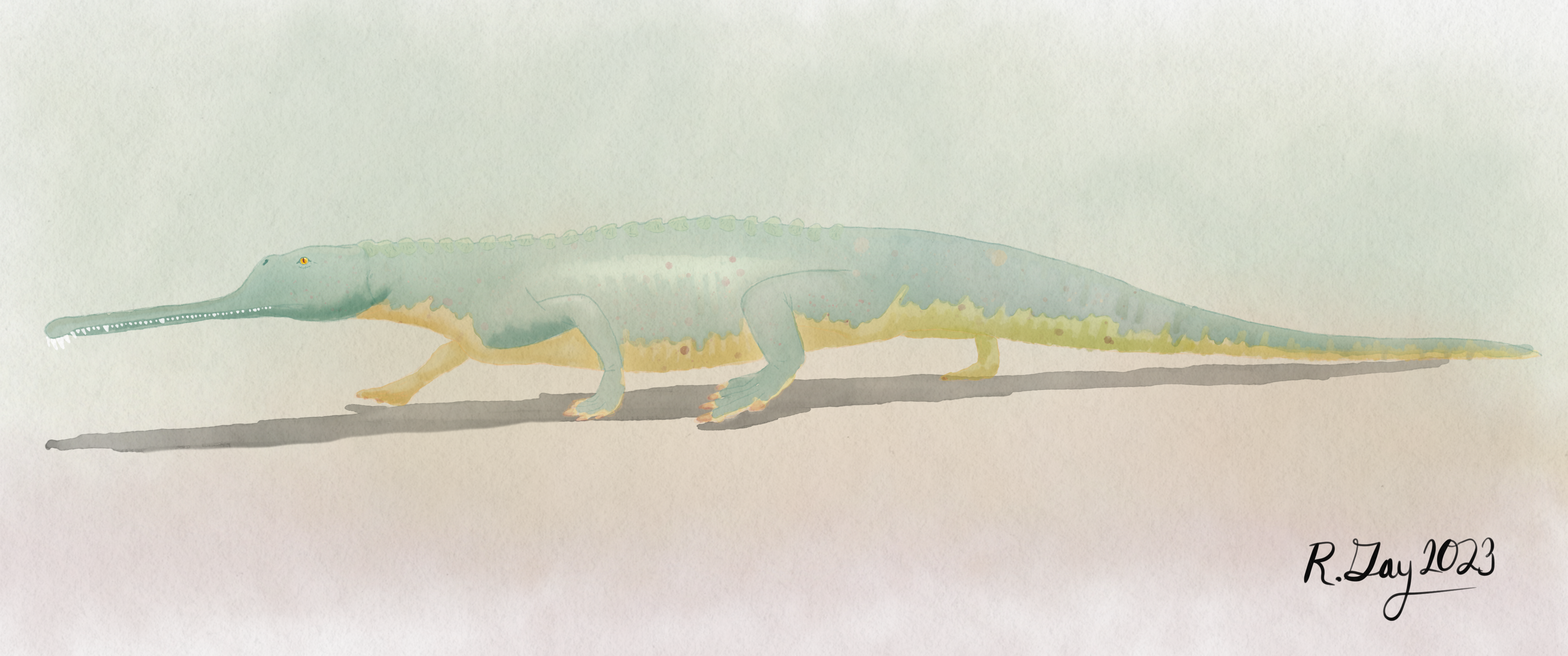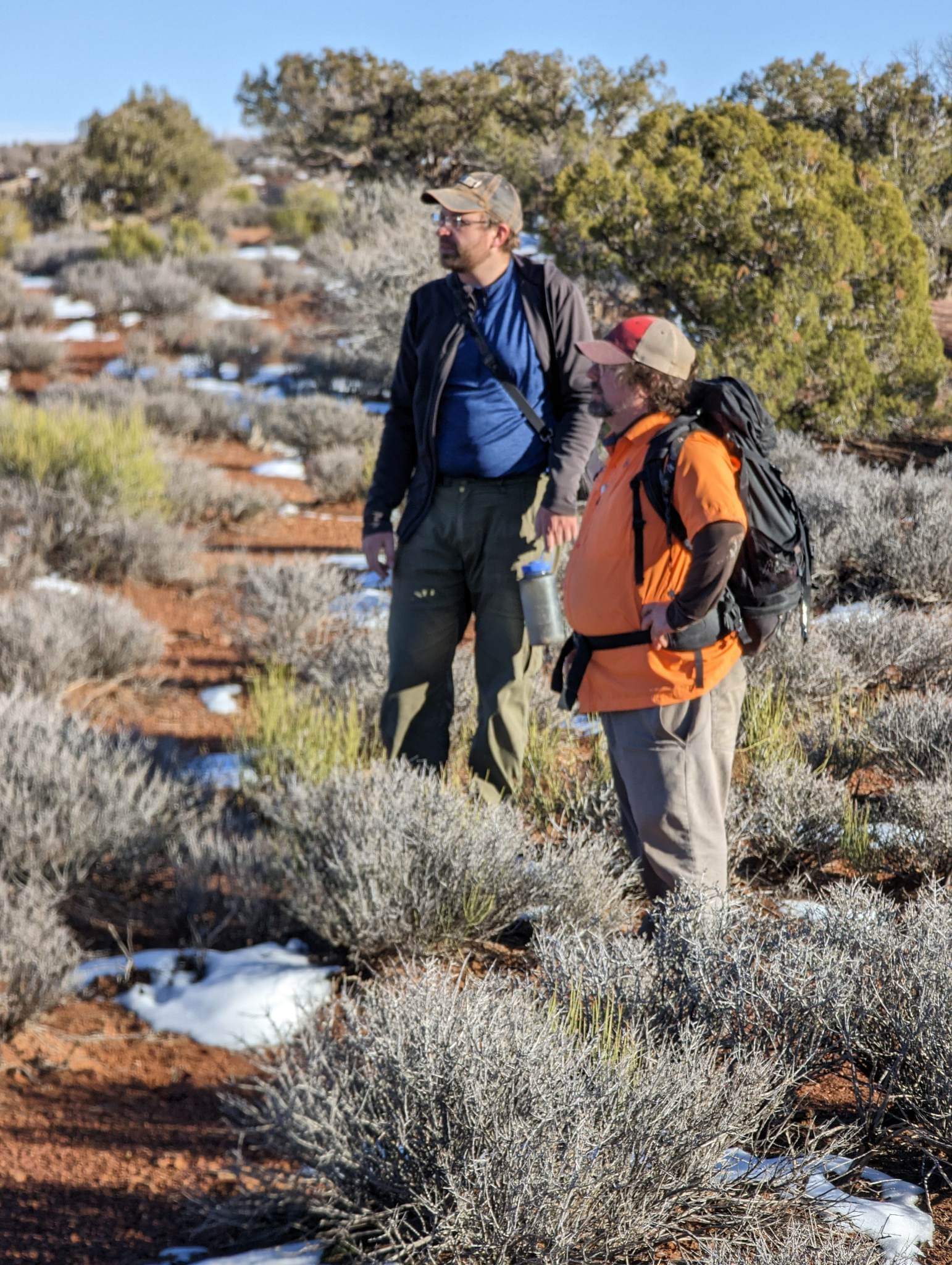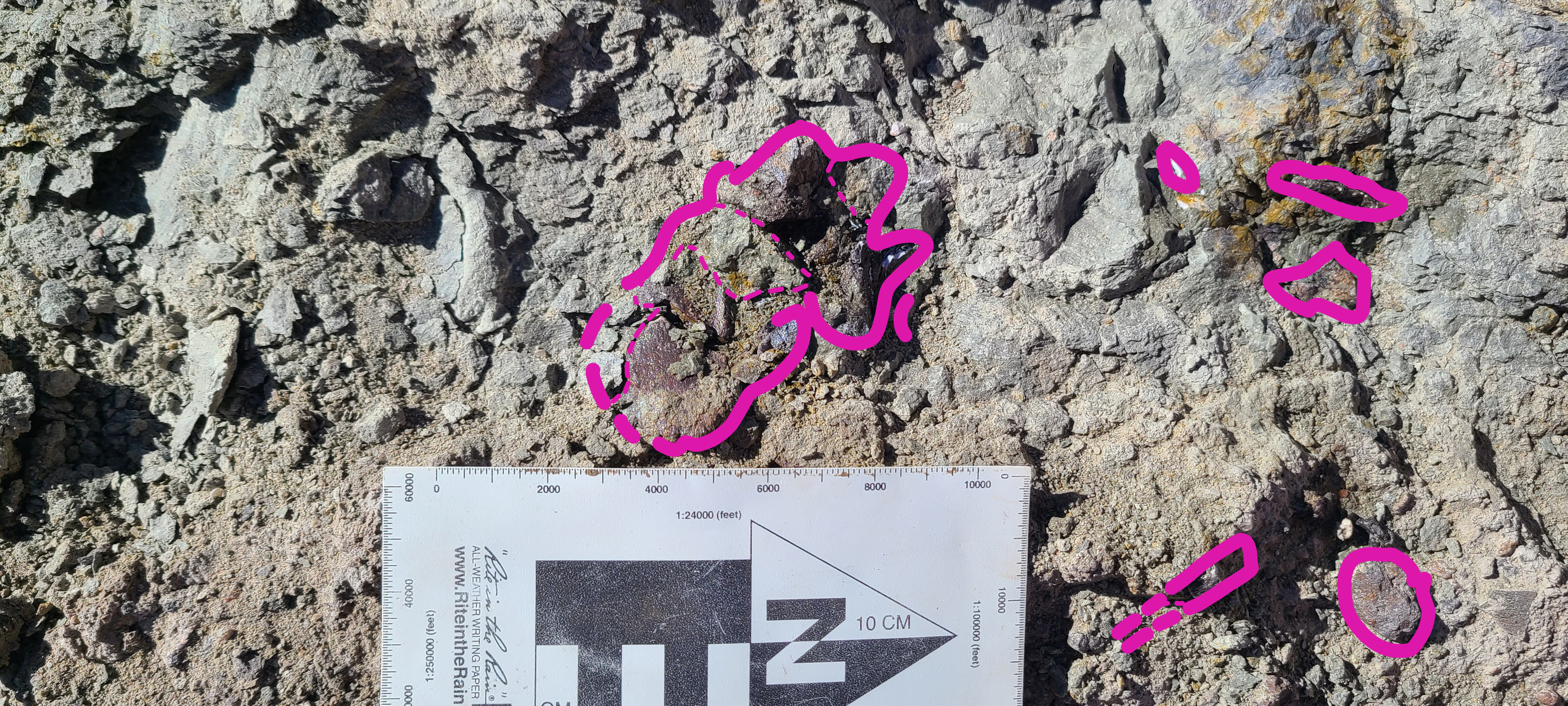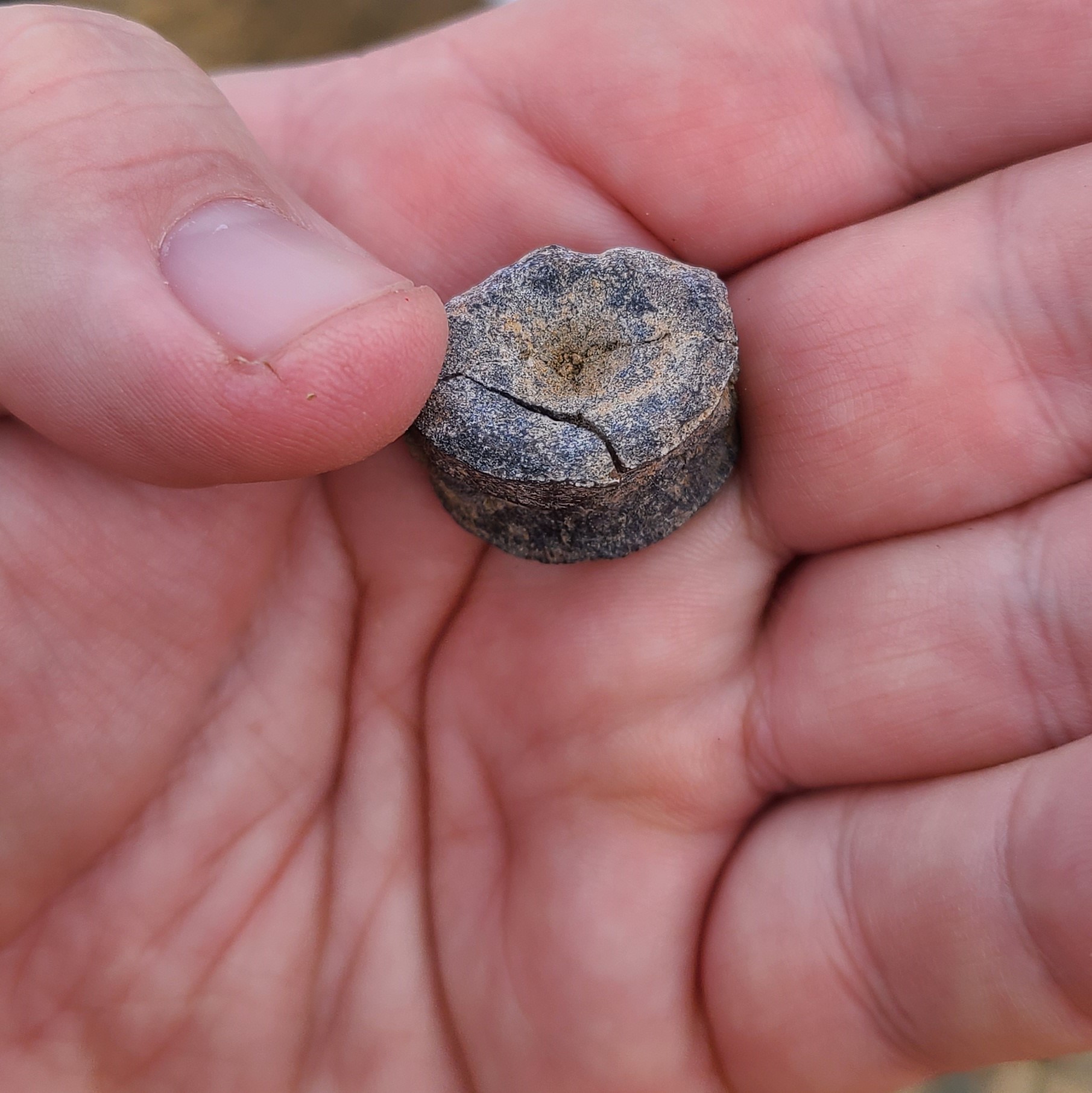From the Field Report
by Robert Gay
Education Curator
June 2023
For the second year in a row, a team of scientists from the Museum spent time in southeastern Utah’s Bears Ears National Monument, looking for clues into the history of life on Earth. Led by Xaiver Jenkins, Idaho State University doctoral candidate, the team was focused on rocks from 299 million years ago, the beginning of the Permian Period. The team found traces of ancient animals and scoured rocks previously unexplored by paleontologist. We identified several areas that warrant further investigation.
We also investigated rocks from the dawn of the Age of Dinosaurs and collected bones of ancient crocodile relatives called phytosaurs. These fossils will help museum scientists better understand the diversity of life during the rise of the dinosaurs. In addition, it will expand our ability to teach students about the geology and paleontology of the American West.
Further fieldwork with ISU students and IMNH staff is planned in Bears Ears National Monument in the Fall 2023, so stay tuned for more updates!
Field Work in the Wild Heart of SE Utah
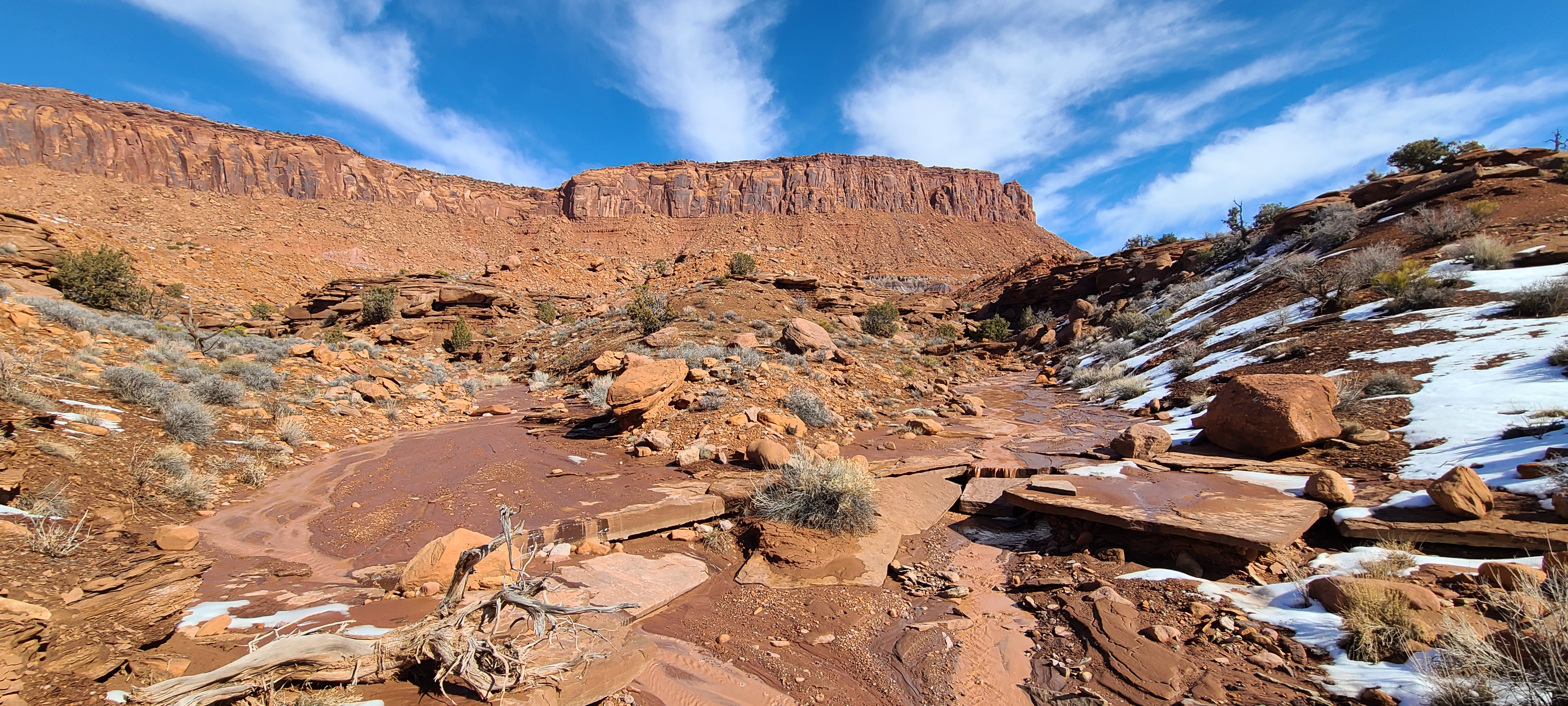 From February 18th through the 21st, Idaho Museum of Natural History staff ventured to the wild heart of southeastern Utah, alongside a team of paleontologists from the Natural History Museum of Utah, the St. George Dinosaur Discovery Site, and Virginia Tech, all studying rocks the beginning of the Age of Dinosaurs; the Triassic-aged (220-200 million-year-old) Chinle Formation.
From February 18th through the 21st, Idaho Museum of Natural History staff ventured to the wild heart of southeastern Utah, alongside a team of paleontologists from the Natural History Museum of Utah, the St. George Dinosaur Discovery Site, and Virginia Tech, all studying rocks the beginning of the Age of Dinosaurs; the Triassic-aged (220-200 million-year-old) Chinle Formation.
Spring 2023
The team had two objectives:
- Relocate and sample historic fossil sites in order to find small vertebrate fossils often overlooked
- Explore rocks not previously seen by paleontologists
Despite the temperatures dipping into the single digits at night and snow blanketing the outcrops, the team was able to meet these goals. Matrix (rock that holds fossils) was collected from several sites and is being processed at both the Natural History Museum of Utah and in the paleontology lab at the Idaho Museum of Natural History. The team also discovered the partial remains of a phytosaur (a crocodile-like reptile with a blowhole) deep in a desert canyon. This fossil is very low in the Chinle Formation, making it one of the oldest phytosaurs ever found in Utah. The team will be returning later this year to continue uncovering this skeleton and continue the search for more traces of life from the deep past.

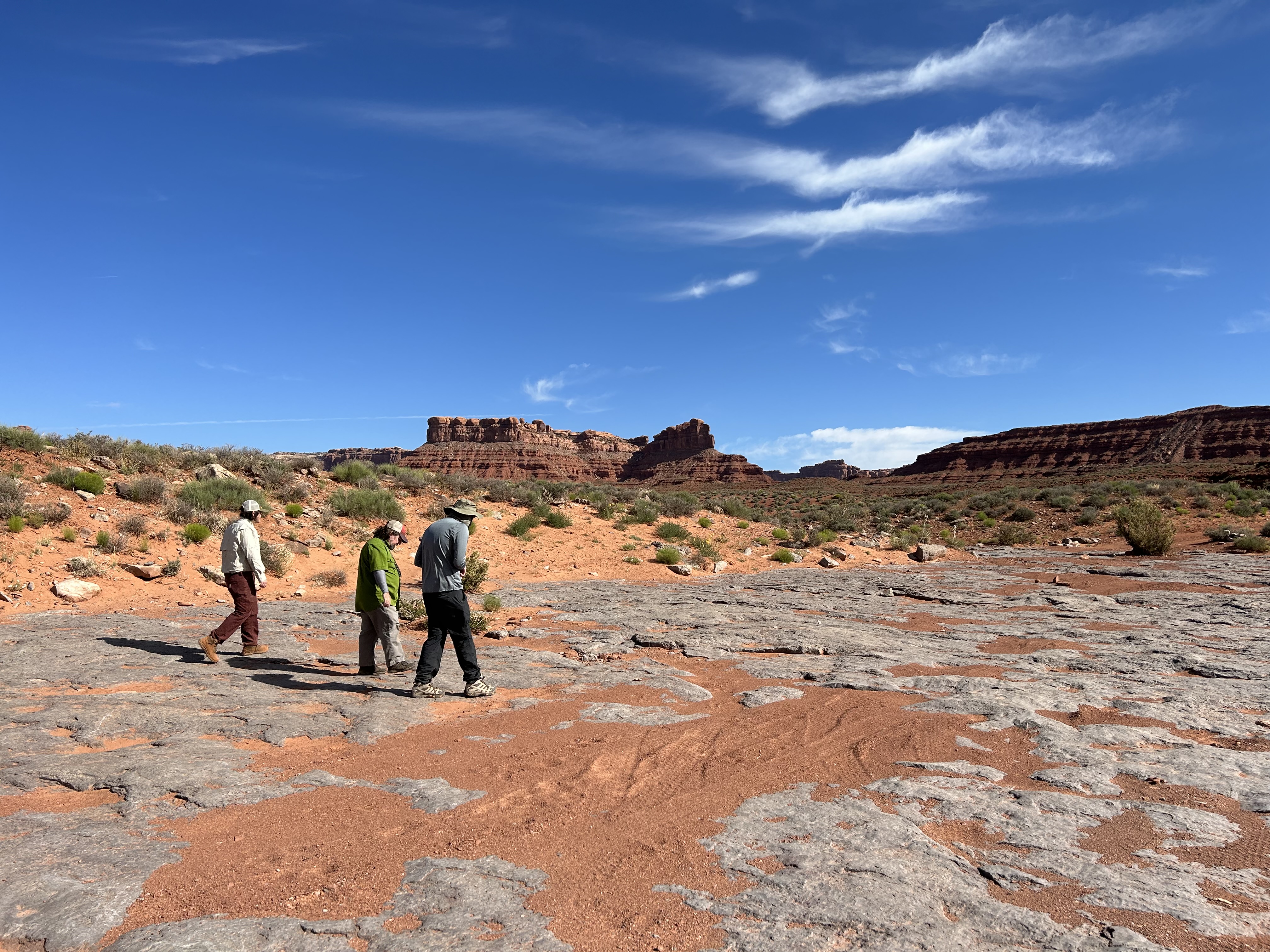
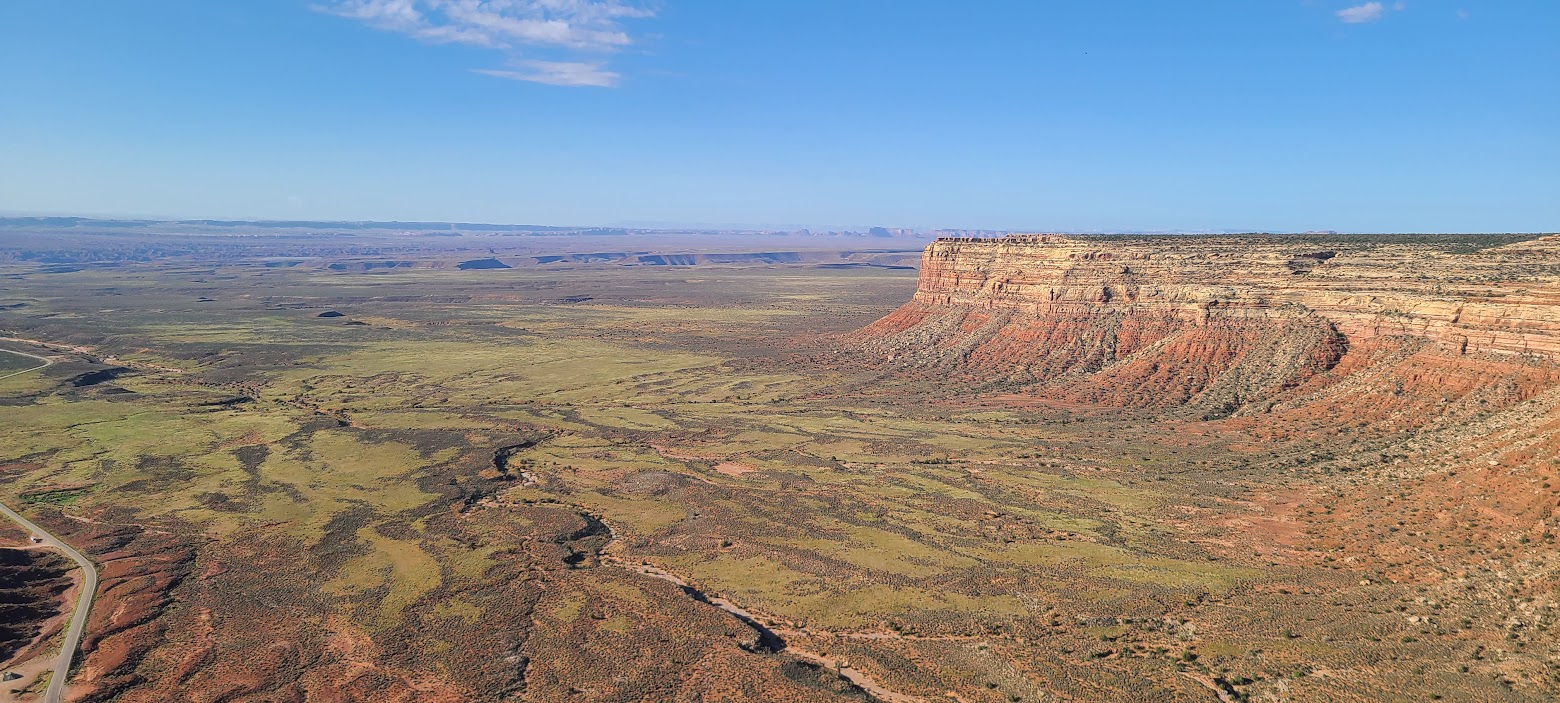
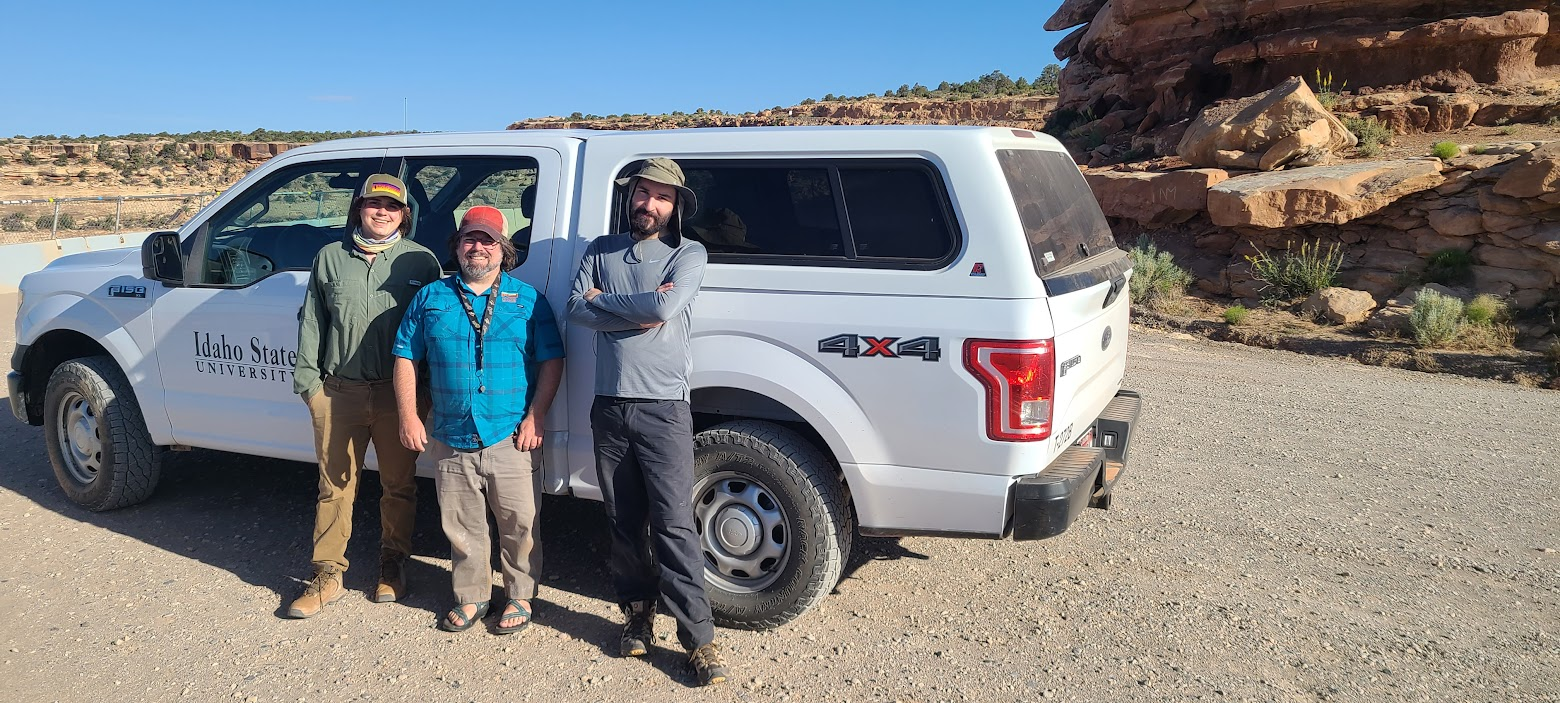
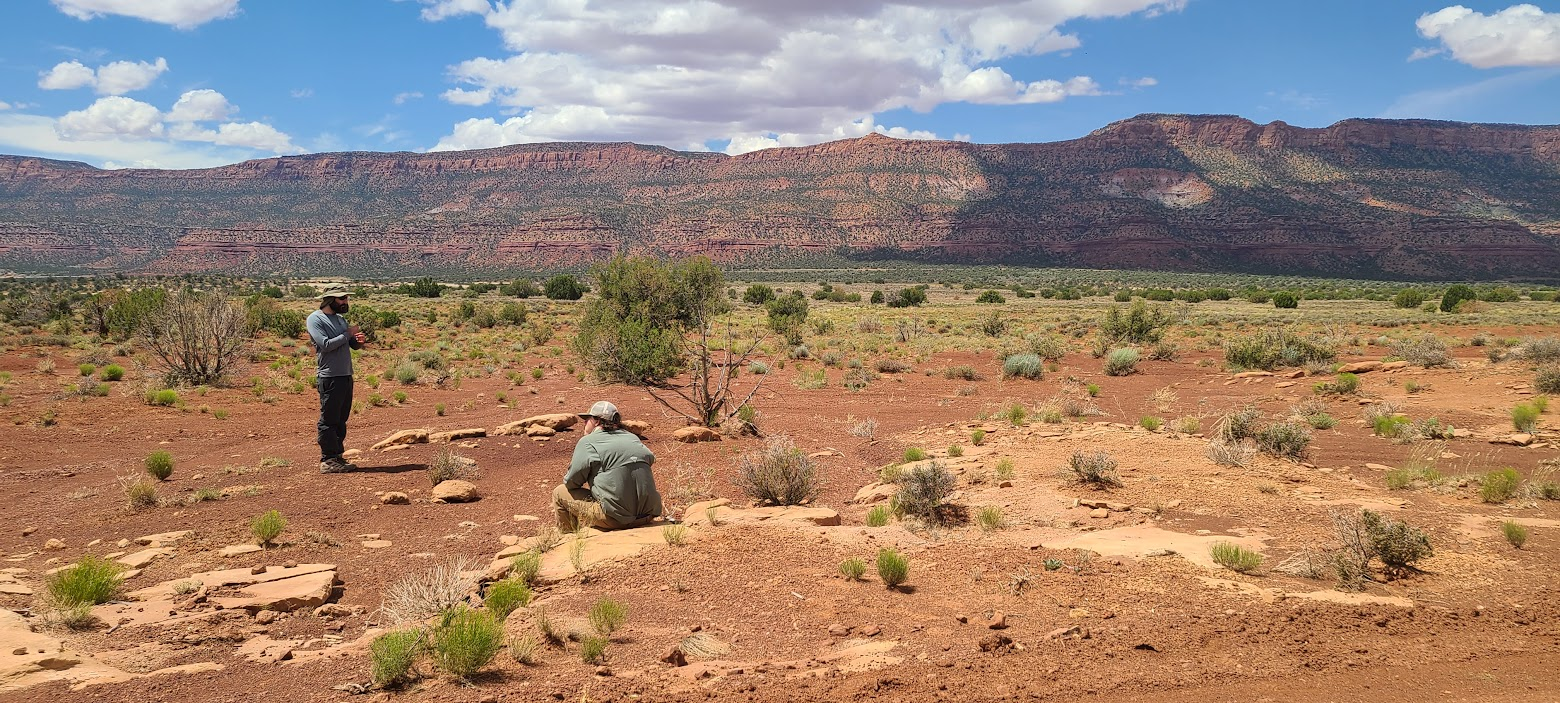
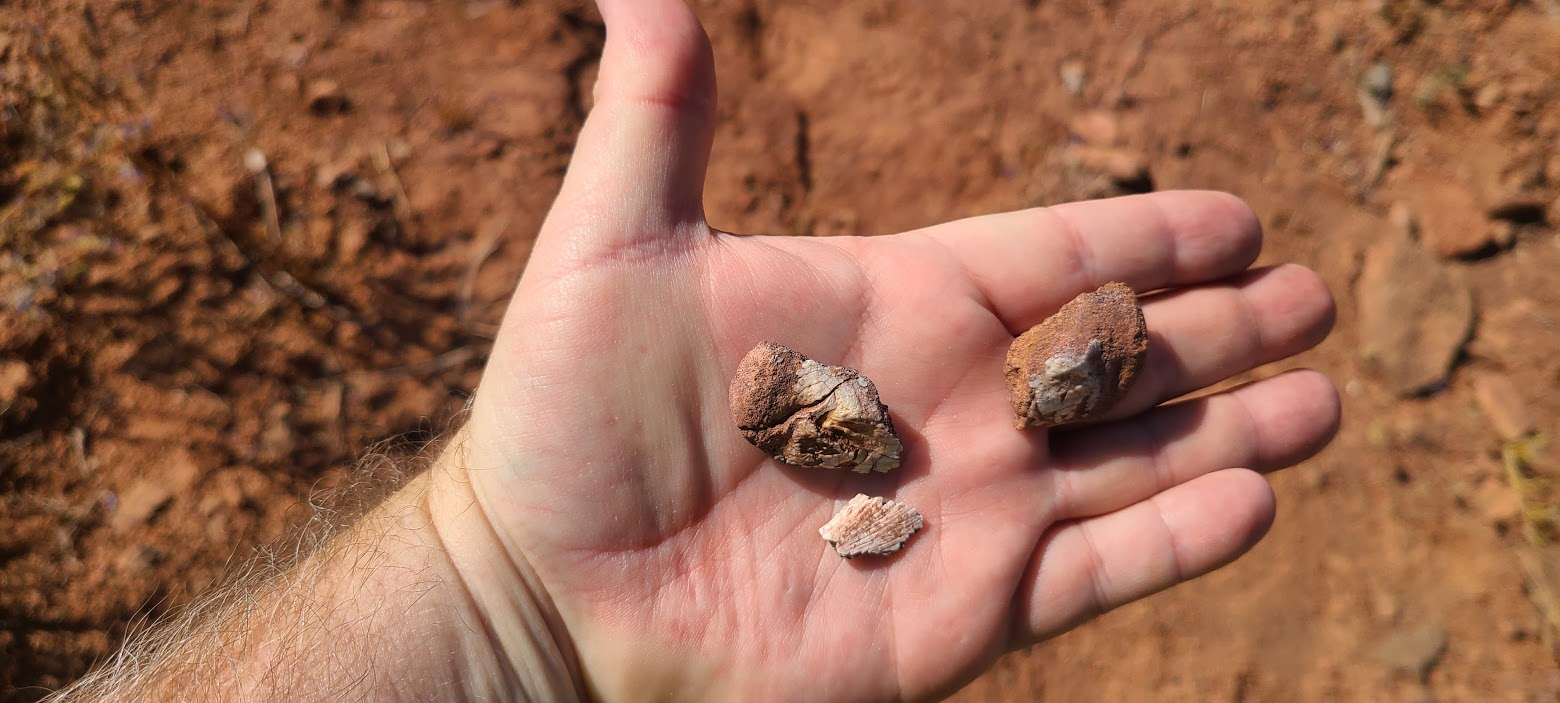
.jpg)
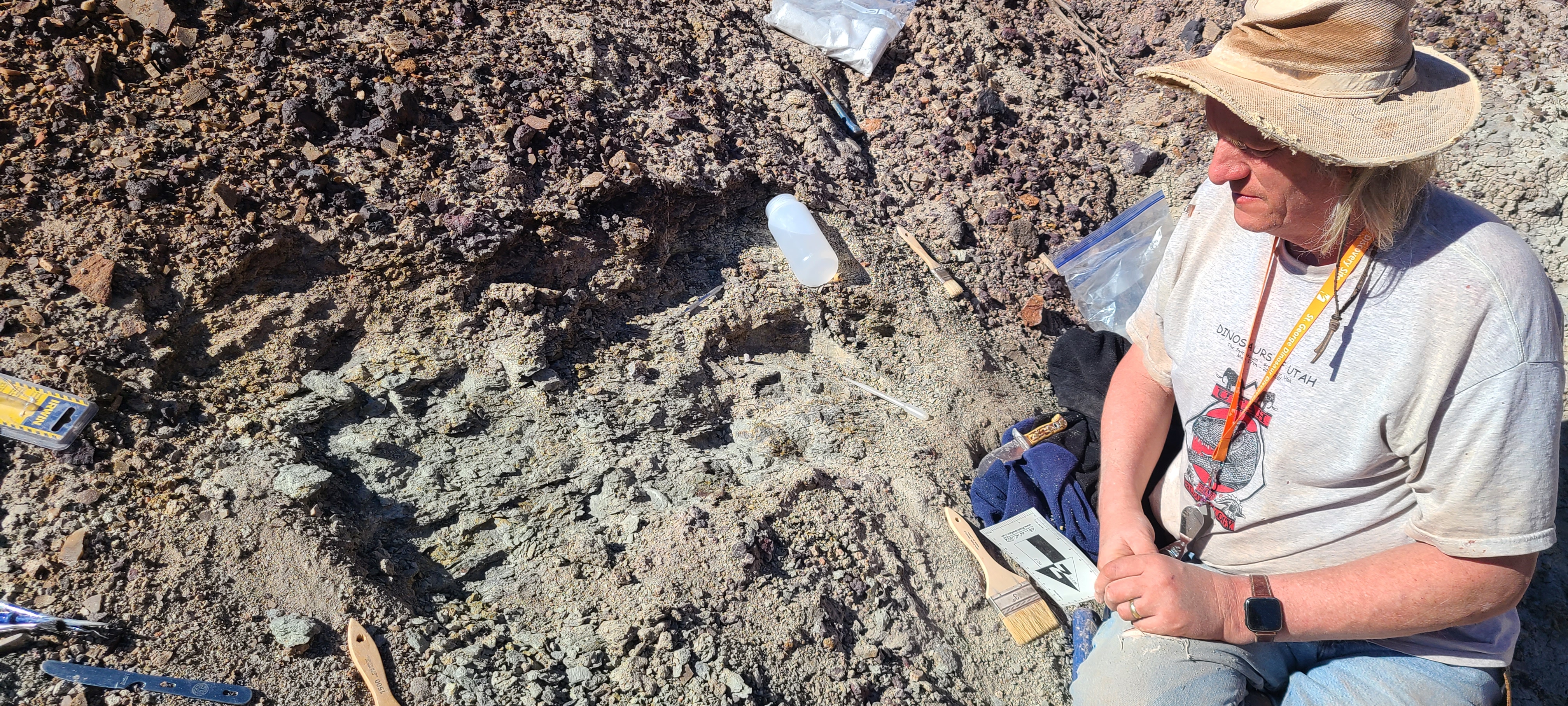
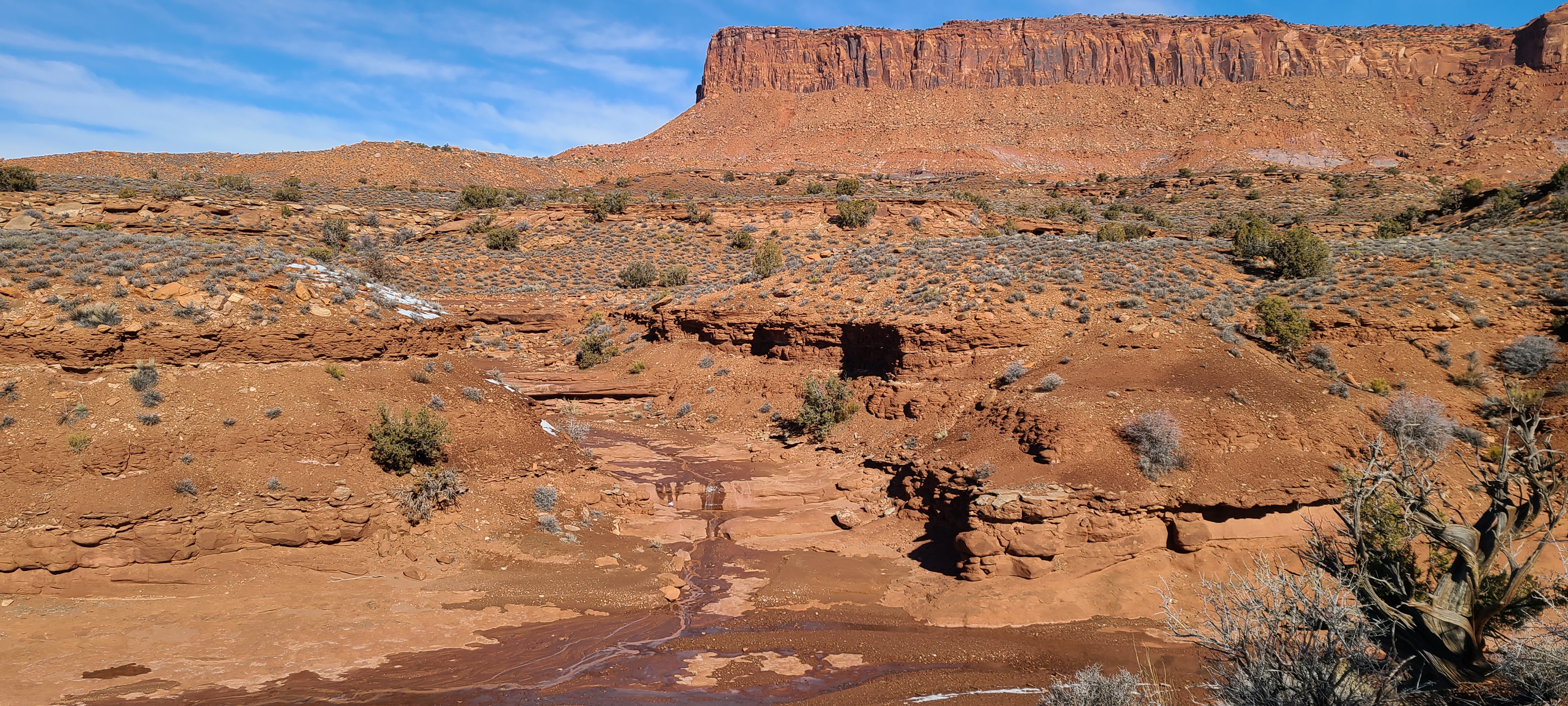
.jpg)
